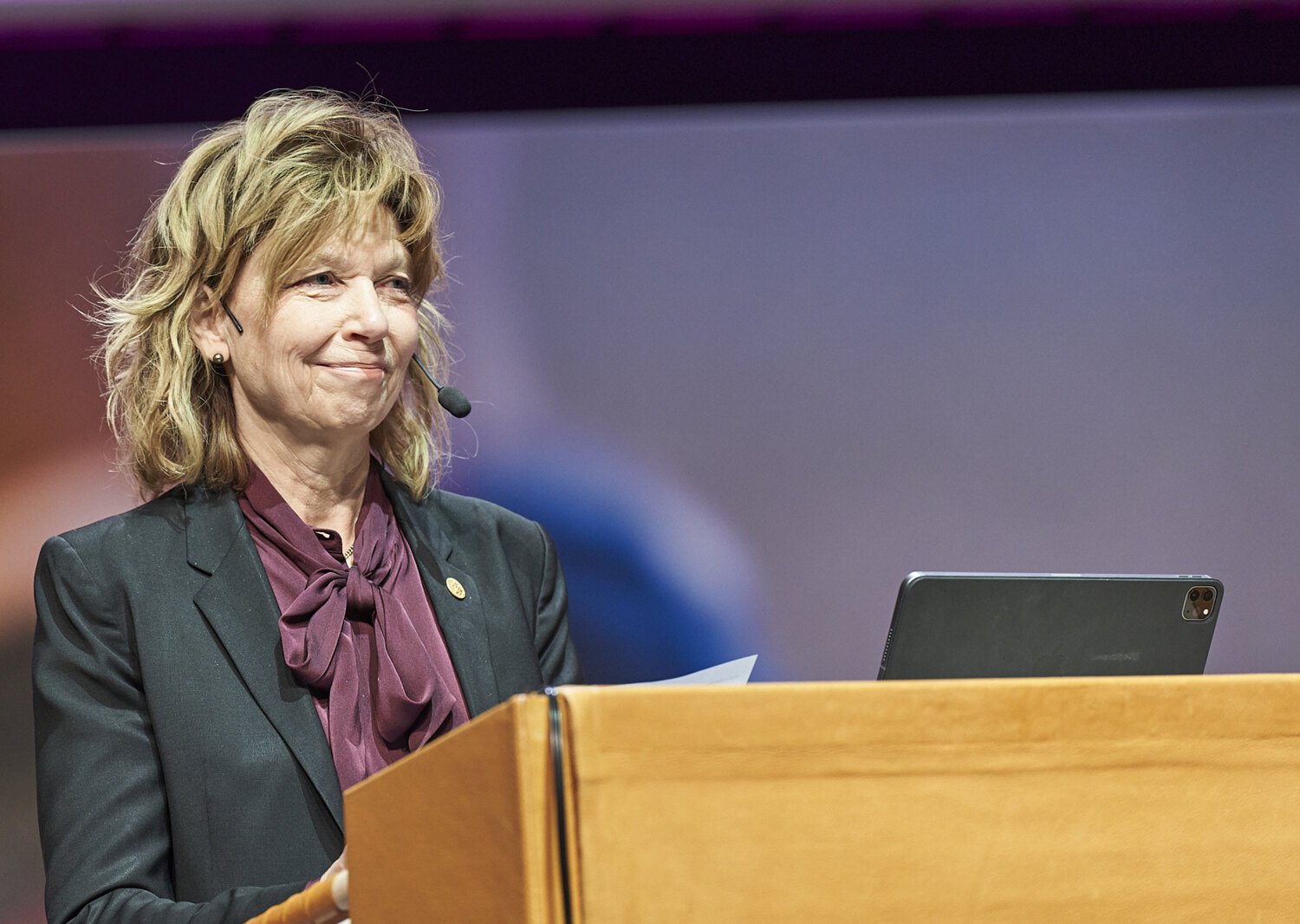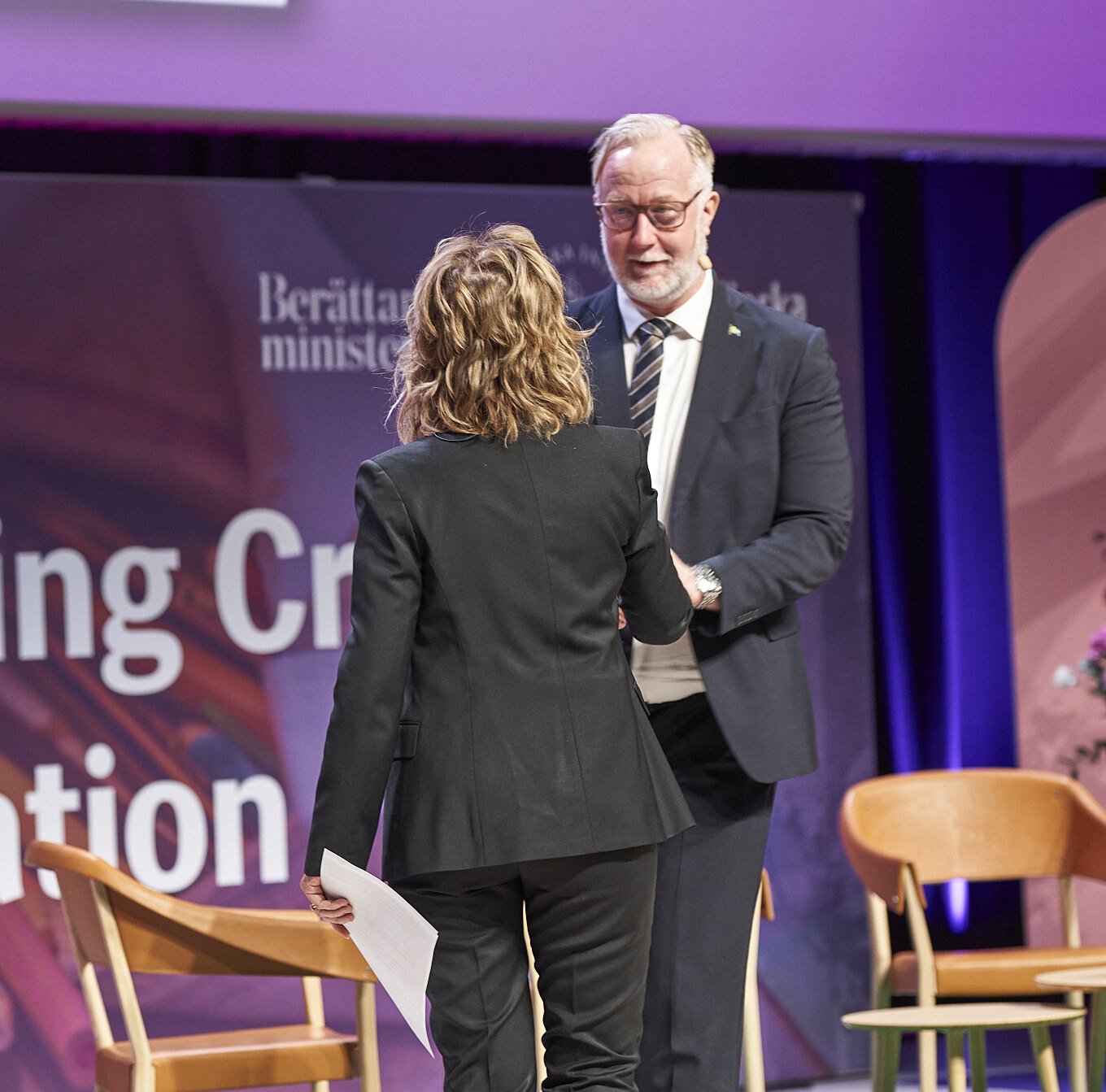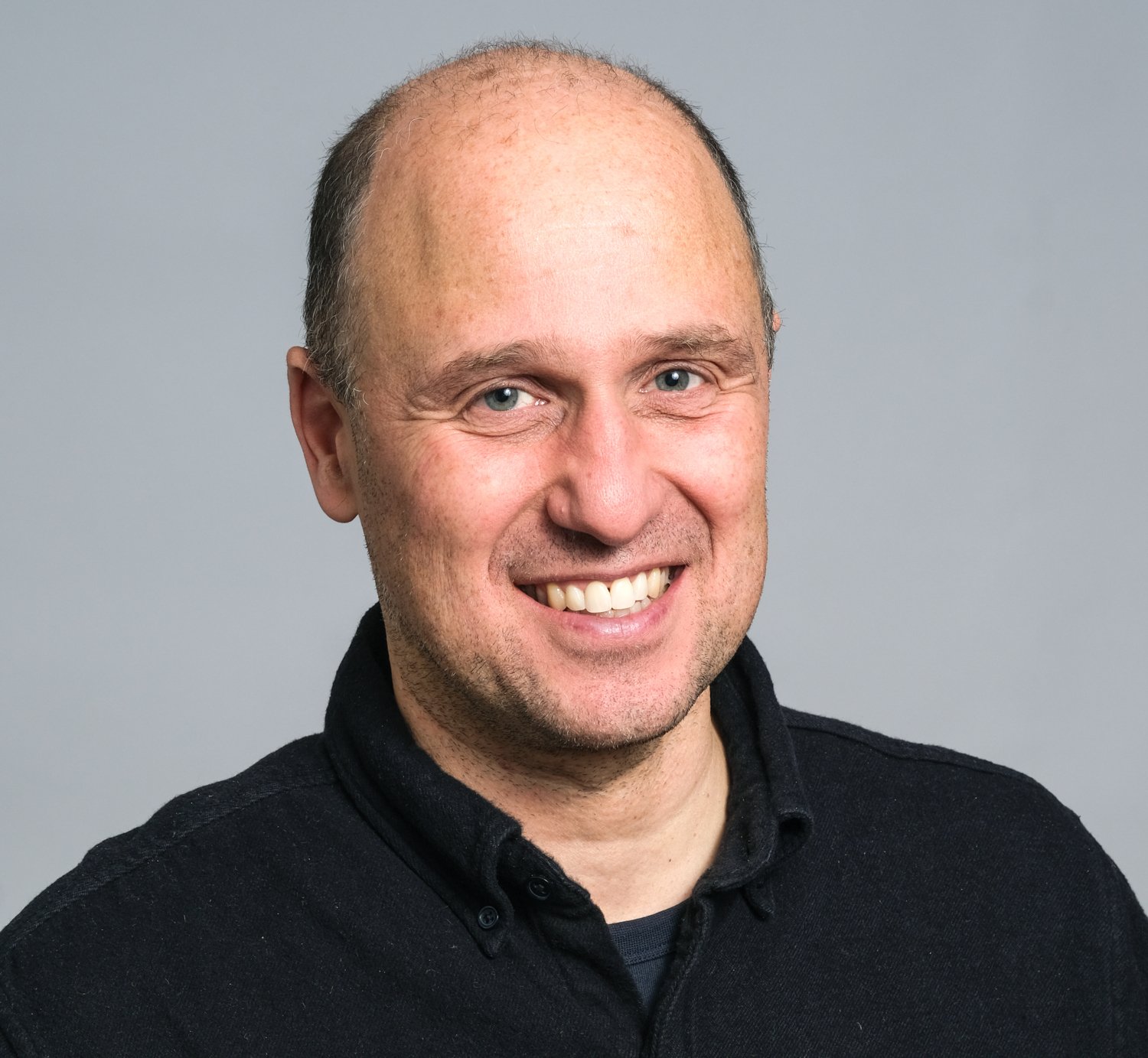Conference on the role of creativity in the school of tomorrow

More and more students are leaving school with incomplete grades or without qualifications for upper-secondary education. This trend needs to be broken, but how? One way could be through creativity, which was the topic of lectures and discussions at a recent conference in Aula Medica for researchers and decision-makers in the field of education and school development. Minister for Education Johan Pehrson spoke on the importance of teaching methods that reflect pedagogical research.

“The creativity that we arouse in pupils today is what the scientific breakthroughs of tomorrow are based on, and it’s often a teacher with the ability to make the seemingly difficult magical and thrilling who ignites the spark of curiosity to learn more” said KI president Annika Östman Wernerson in her opening address at the Rethinking Creativity in Education – A Solution for 21st Century Challenges conference in Aula Medica on 20–21 November.
Amongst the participants were delegations from Arizona State and Harvard universities in the USA, King’s College London in the UK, Lund and Linköping universities and organisations such as the Swedish Academy, the OECD and UNESCO.
Basic skills from physical books
In his opening speech, Minister for Education Johan Pehrson pressed the point that creativity requires basic skills. To this end, he advocates investing in more basic skills and a school system that operates in accordance with the latest pedagogical research, with fewer digital screens and more paper and pencils.

“Research done here at KI has shown that children often learn less effectively with digital tools than they do with actual books,” he said.
Pupils meet KI researchers
The conference was arranged by Karolinska Institutet in conjunction with the Ministry of Storytelling foundation.
“We observed that many children, especially those from socially deprived areas, drop out of the school system very early,” says Professor András Simon at the Department of Cell and Molecular Biology, KI, and one of the initiators of the partnership with the Ministry of Storytelling. “As researchers and teachers we felt obligated to encourage more children to enter higher education, and here KI has a great deal of knowledge and engagement to offer.”
Middle school pupils, mainly from the less affluent suburban areas, have met researchers from KI for the mutual exchange of ideas on several occasions, Professor Simon points out.

“It’s a kind of role play, in which the youngsters act as experts and interact with the researchers,” he says. “We’ve realised that the way to motivate children is to get their creative juices flowing, which is also the link to this conference – how to make creativity the key to learning.”
A broad concept
Peter Gärdenfors, professor emeritus of cognitive science and philosopher at Lund University, then addressed the conference, reflecting upon the notion of creativity itself, which he said was a broad concept packed with possibilities.
“Creativity is born when we get to develop our individual skills – what we usually call talent – in the best possible way,” he said. “This is absolutely not confined to arts, such as drawing, poetry or music. Creativity is just as likely to spring from cooking, woodwork, decorating or, and this is a favourite of mine, knitting – an activity that requires skill, practice and creativity to develop.”
